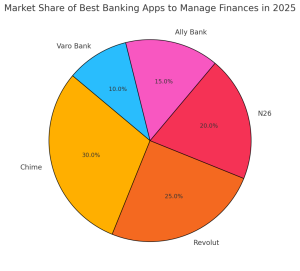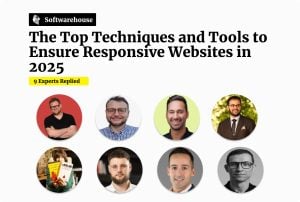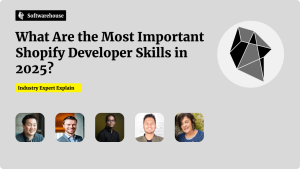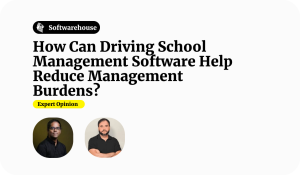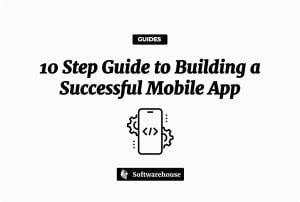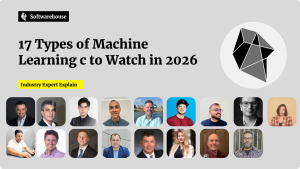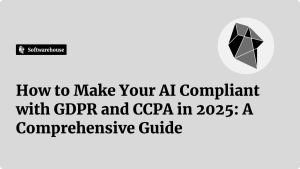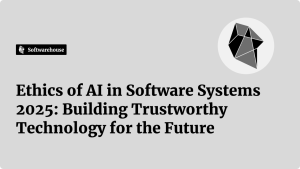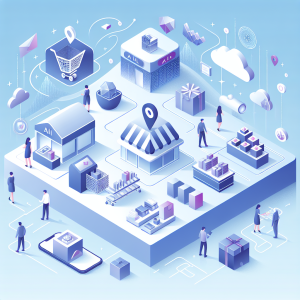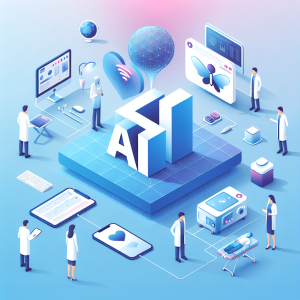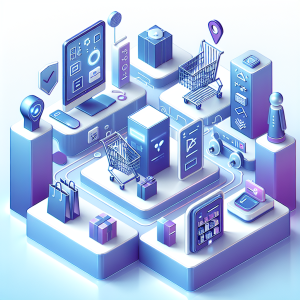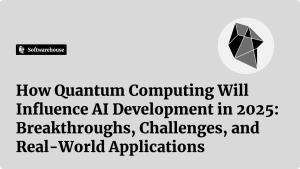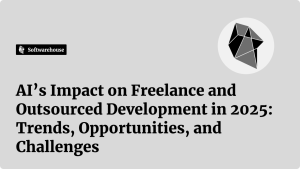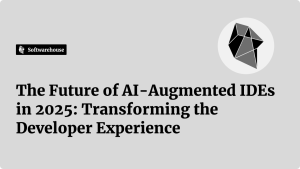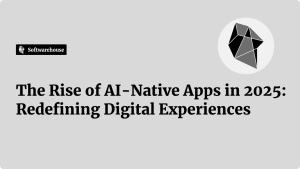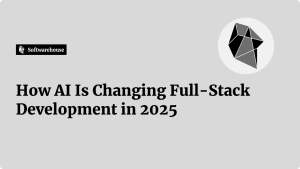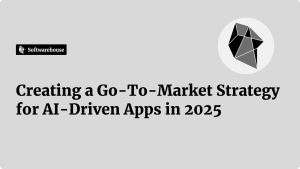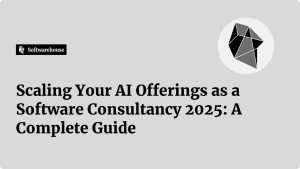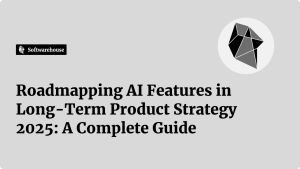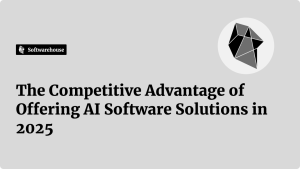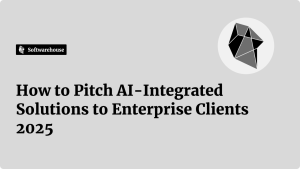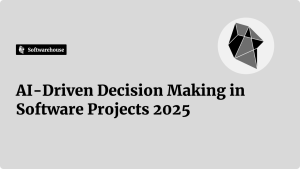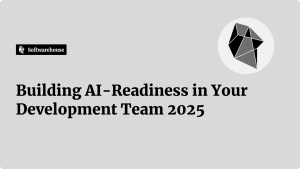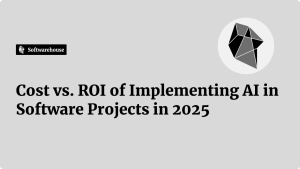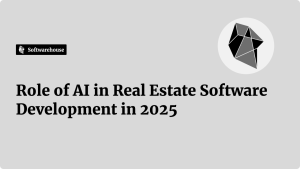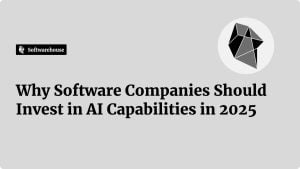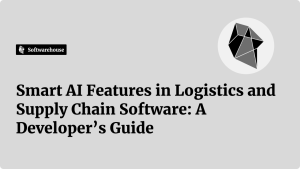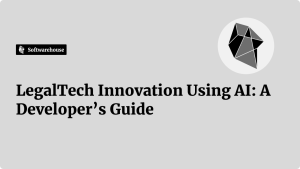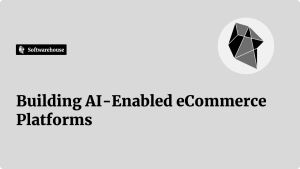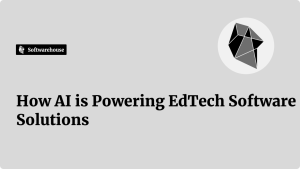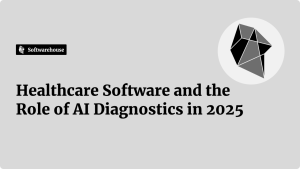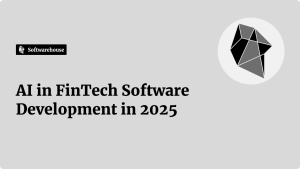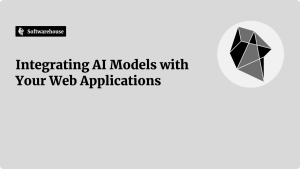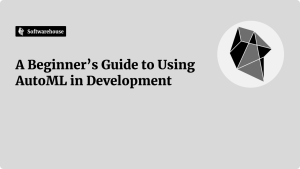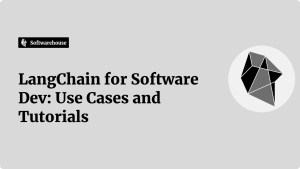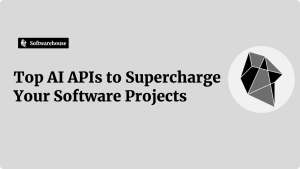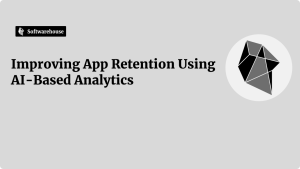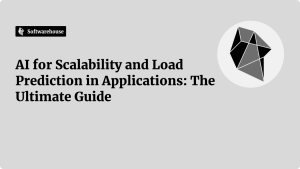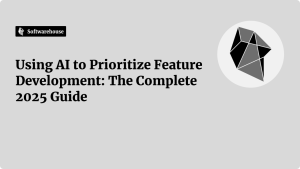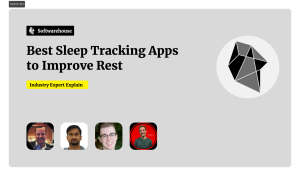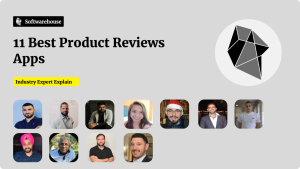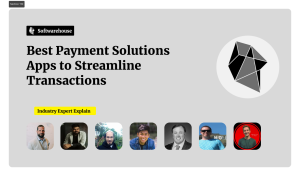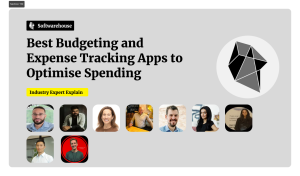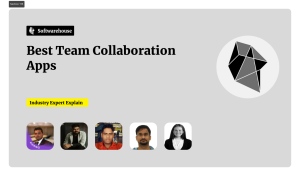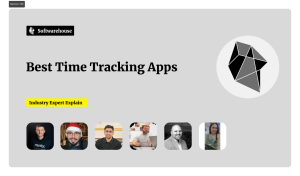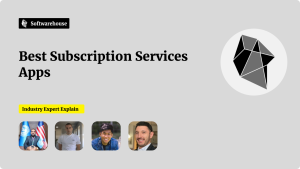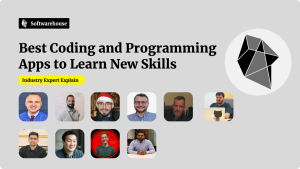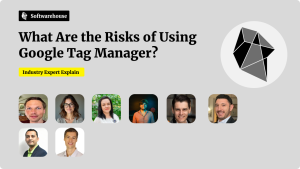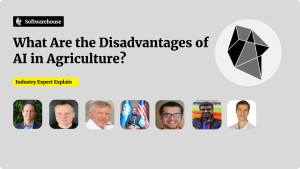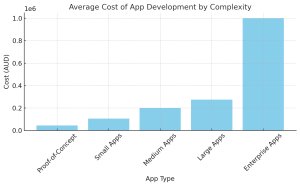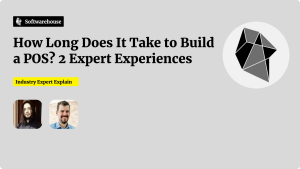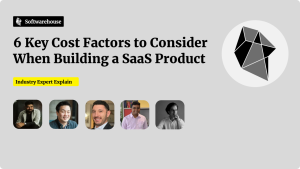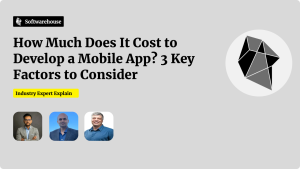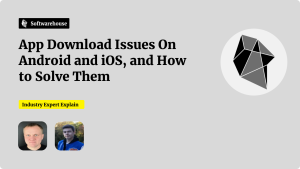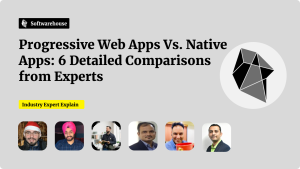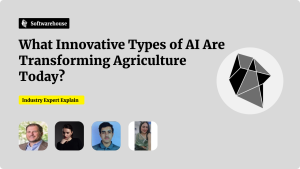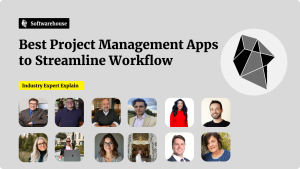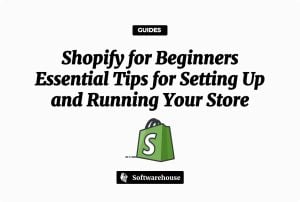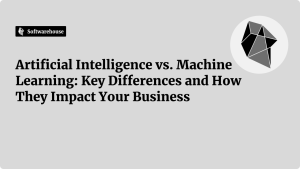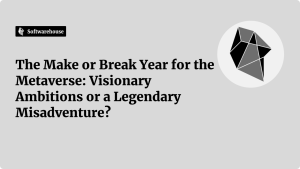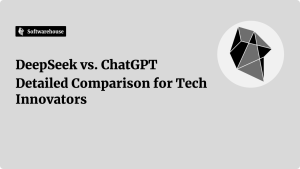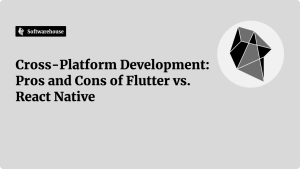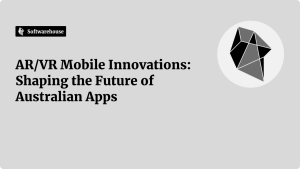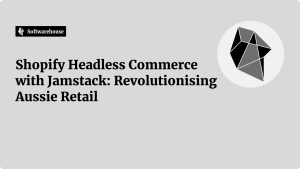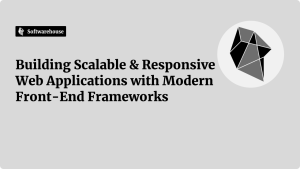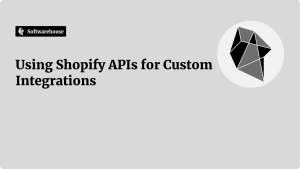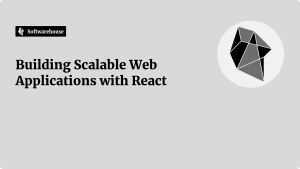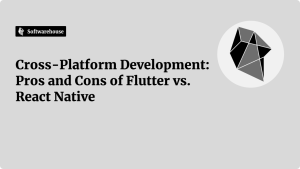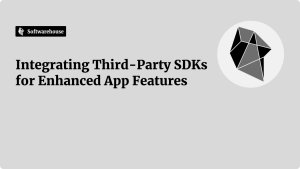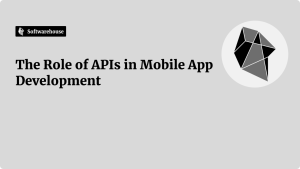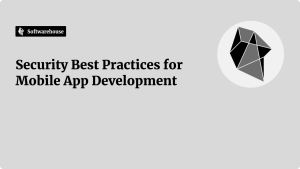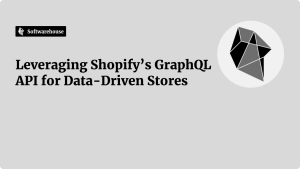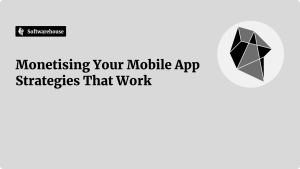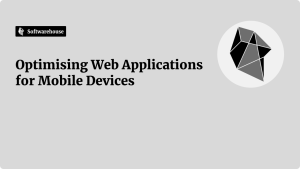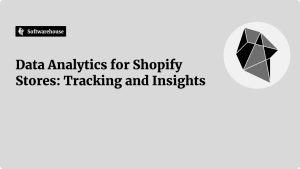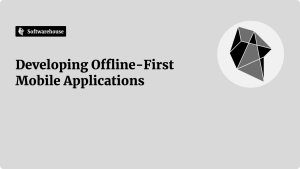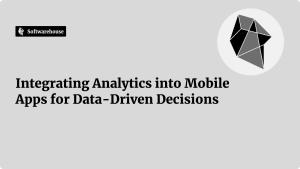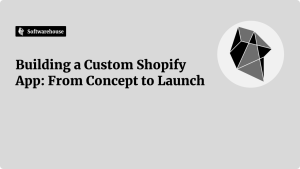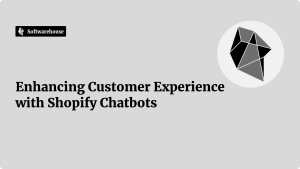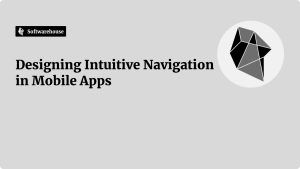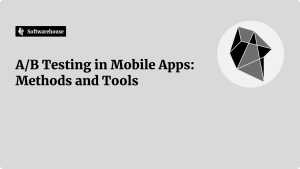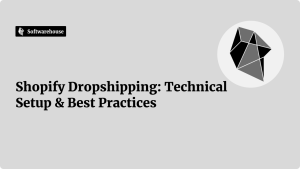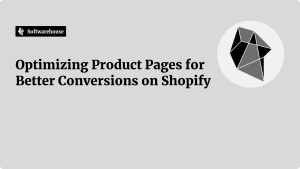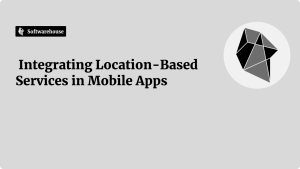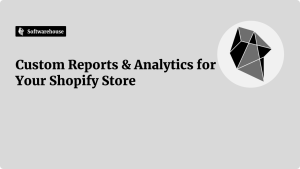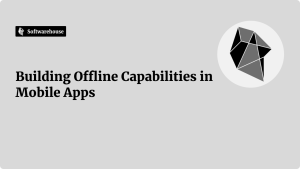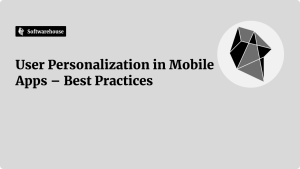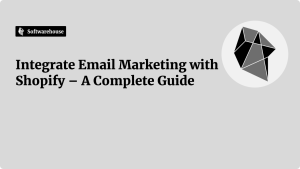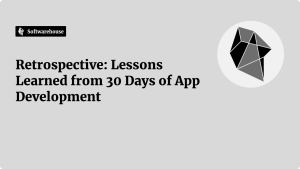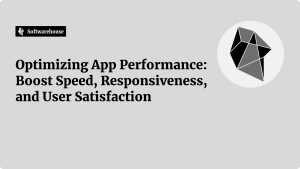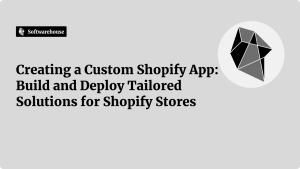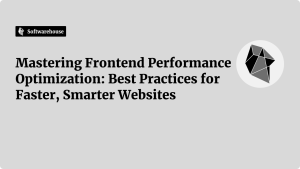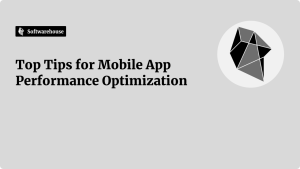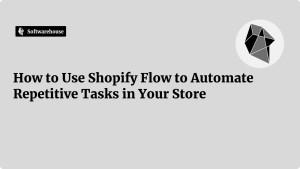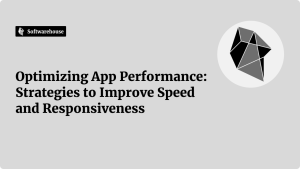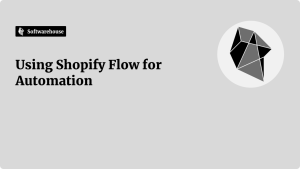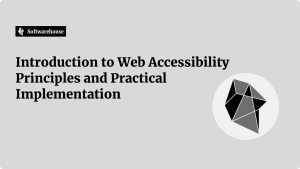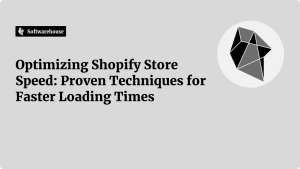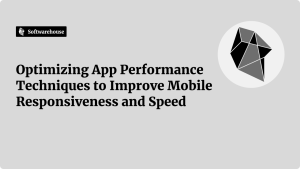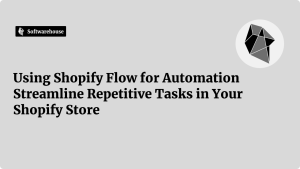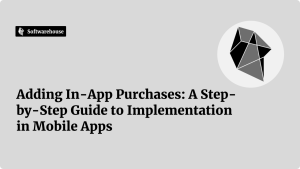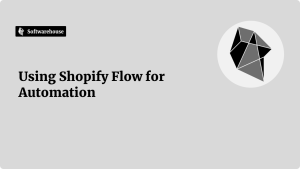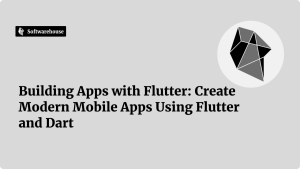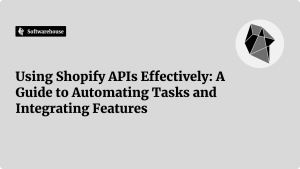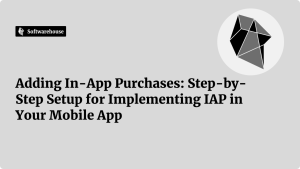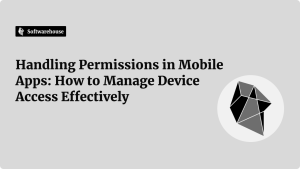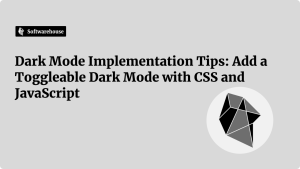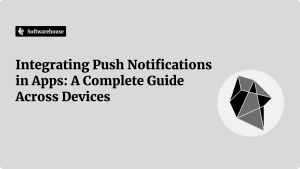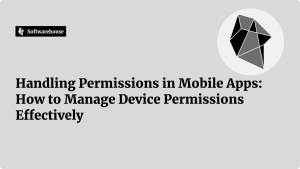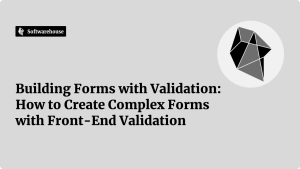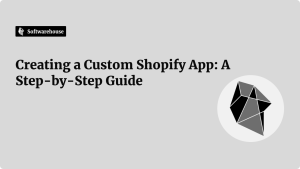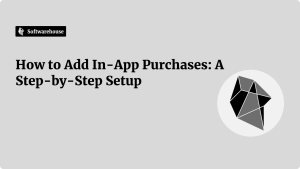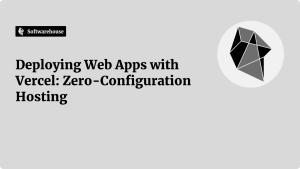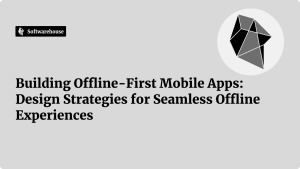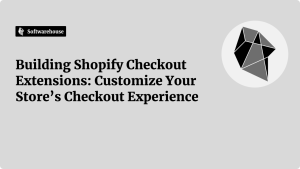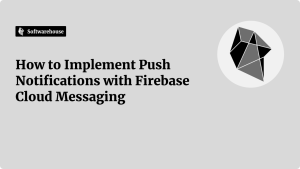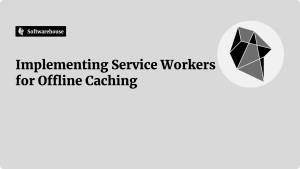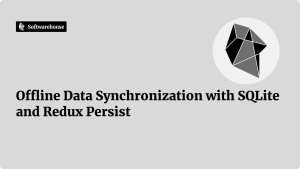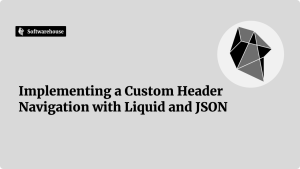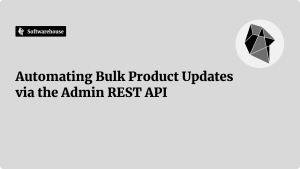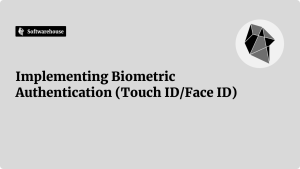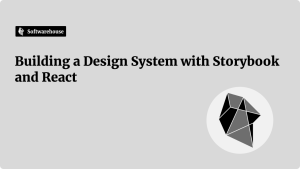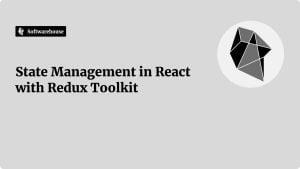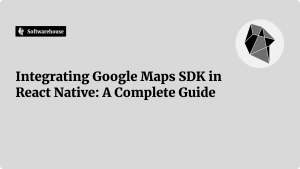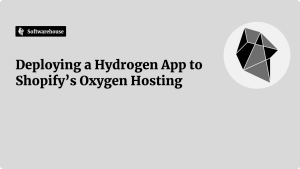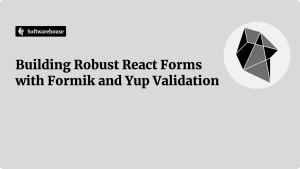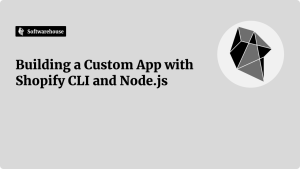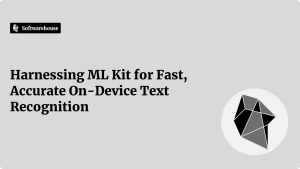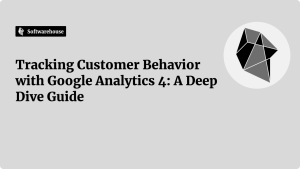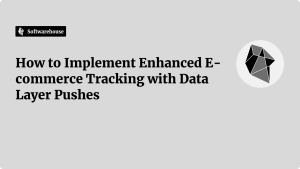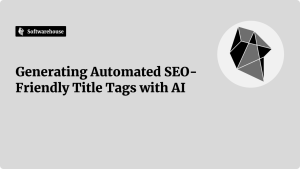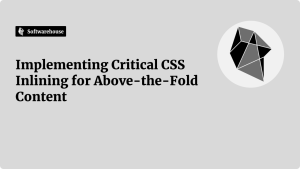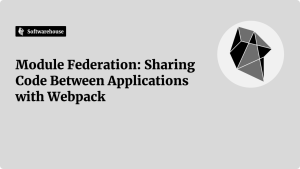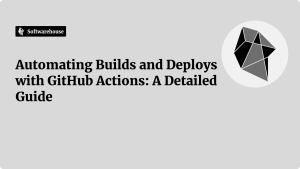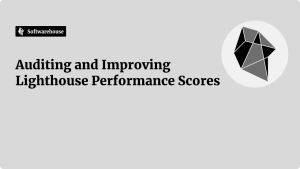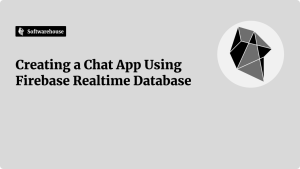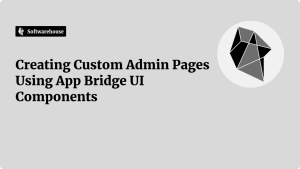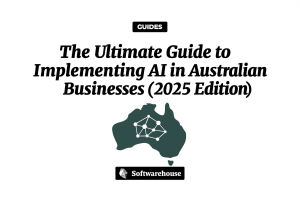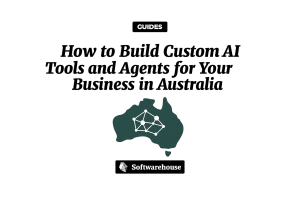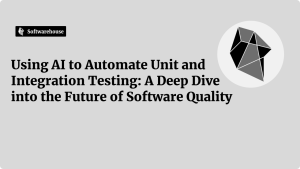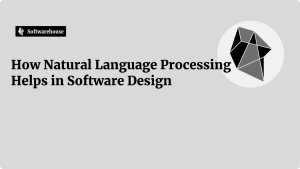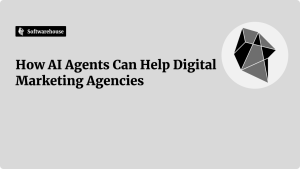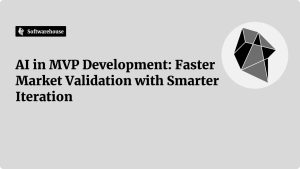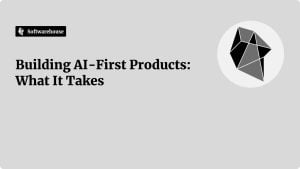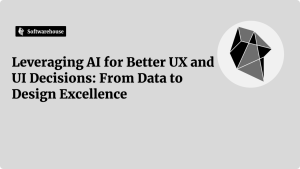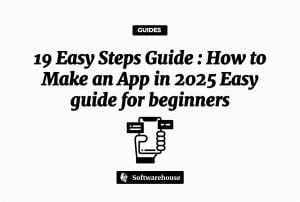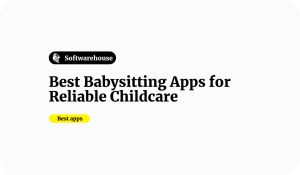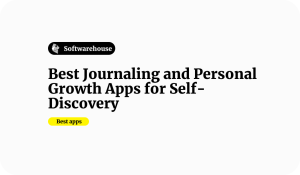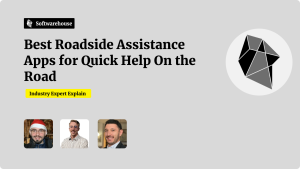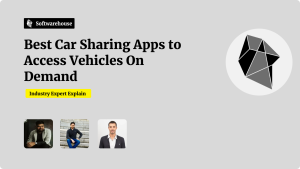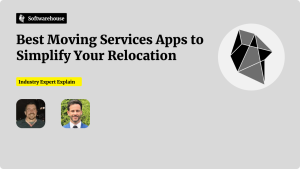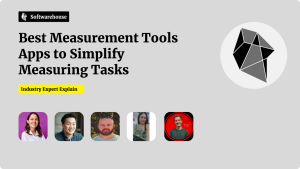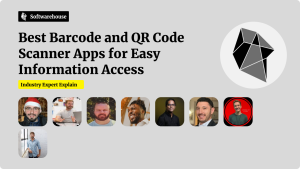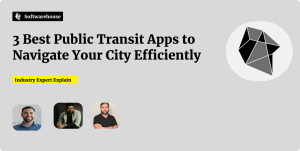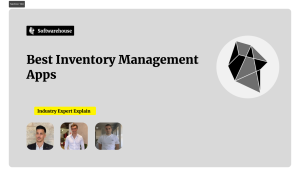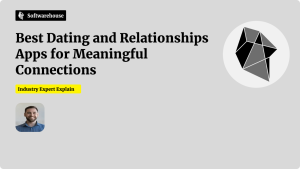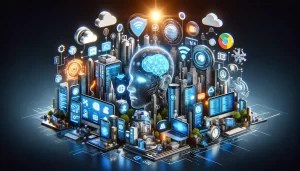Introduction
Customer Relationship Management (CRM) systems have long been the backbone of sales, marketing, and customer support. They store customer data, track interactions, and provide a single source of truth across teams. Yet, traditional CRMs often suffer from the same problem: they’re data-rich but insight-poor.
While businesses collect vast amounts of information—emails, calls, purchase history, behavioral logs—extracting actionable insights from that data remains a challenge. That’s where artificial intelligence (AI) comes in.
By integrating AI into CRM systems, companies can move beyond static record-keeping to create dynamic, predictive, and proactive customer engagement platforms. AI-powered CRMs don’t just tell you what happened—they forecast what will happen next, suggest the best actions to take, and even automate them in real time.

This blog explores in detail how to build AI-powered CRM systems: the technologies involved, architectural design, implementation challenges, and step-by-step strategies to unlock customer-centric intelligence.
Why AI-Powered CRMs Are the Future
1. Moving from Reactive to Proactive
Traditional CRMs store customer history; AI-powered CRMs predict customer futures. They anticipate churn, identify upsell opportunities, and recommend next-best actions before issues arise.
2. Scale and Personalization
Manual data entry and human analysis can’t scale across thousands or millions of customers. AI personalizes at scale, tailoring interactions in marketing, sales, and support.
3. Enhanced Productivity
AI automates mundane tasks like data entry, lead scoring, email drafting, and support ticket triage. This frees teams to focus on high-value relationship building.
4. Competitive Differentiation
Companies leveraging AI in CRMs gain insights faster, act smarter, and provide seamless customer journeys. This translates to stronger retention and higher customer lifetime value.
Core Capabilities of AI-Powered CRMs
To understand how to build them, let’s outline the key AI features modern CRMs should deliver.
1. Predictive Analytics
- Churn Prediction: Identify customers likely to leave.
- Upsell and Cross-Sell Predictions: Suggest relevant products or upgrades.
- Revenue Forecasting: AI analyzes pipelines to deliver accurate sales forecasts.
2. Natural Language Processing (NLP)
- Email Sentiment Analysis: Detect whether messages are positive, neutral, or negative.
- Chatbots and Virtual Agents: Provide real-time customer support.
- Voice Recognition: Transcribe and analyze sales calls.
3. Intelligent Automation
- Lead Scoring: Rank leads automatically based on probability to convert.
- Workflow Automation: Trigger personalized actions based on behaviors.
- Ticket Routing: AI triages and assigns support requests to the right agents.
4. Customer 360 View
AI unifies fragmented data across touchpoints (email, social, purchase history, support logs) into a single intelligent profile.
5. Recommendation Engines
- Suggest next-best offers, content, or outreach channels for each customer.
- Adapt recommendations dynamically as customer behavior changes.
6. Conversational AI
- Sales reps receive AI-suggested responses during calls.
- Customers interact with AI-powered chat for instant answers.
Architectural Blueprint of an AI-Powered CRM
Building an AI-enhanced CRM requires a layered architecture.
1. Data Layer
- Sources: ERP systems, marketing platforms, customer support logs, website analytics, IoT data.
- Storage: Data warehouses (Snowflake, Redshift), data lakes (AWS S3, Azure Data Lake).
- Integration: ETL pipelines (Airflow, Talend) for clean, unified data.
2. Intelligence Layer
- Machine Learning Models: For predictions and classification.
- NLP Engines: For text and speech analysis.
- Recommendation Algorithms: Collaborative filtering, content-based, or hybrid.
3. Application Layer
- CRM UI: Dashboards, reports, and customer profiles.
- Automation Engines: Workflow triggers, alerts, and actions.
- Chatbots/Assistants: Customer-facing automation tools.
4. API Layer
- Integrates AI modules into existing CRM platforms (Salesforce, HubSpot, Zoho, custom-built).
- Provides connectors for external tools like Slack, Teams, and marketing automation software.
Step 1: Defining Objectives
Building an AI-powered CRM starts with a clear strategy.
- Sales-Oriented Objective: Improve pipeline forecasting accuracy by 30%.
- Marketing Objective: Personalize campaigns to increase CTR by 20%.
- Support Objective: Reduce average response time by 40% with AI triage.
Tip: Avoid building “AI for AI’s sake.” Start with measurable business KPIs.
Step 2: Data Strategy
Data is the fuel of AI-powered CRMs. Poor data = poor AI performance.

- Data Quality: Eliminate duplicates, missing values, and inconsistent entries.
- Data Governance: Ensure compliance with GDPR, CCPA, and data residency rules.
- Real-Time Streams: Ingest events continuously for up-to-date predictions.
- Customer Data Platforms (CDPs): Act as hubs to unify data across systems.
Pro Tip: Start with a minimum viable dataset (e.g., sales pipeline + support history) and expand iteratively.
Step 3: Selecting the AI Stack
Machine Learning Frameworks
- TensorFlow, PyTorch, Scikit-learn for building custom models.
NLP and Conversational AI
- OpenAI APIs, spaCy, Hugging Face Transformers.
Analytics and BI
- Power BI, Tableau, or embedded analytics in CRM dashboards.
Cloud AI Services
- AWS AI/ML (SageMaker, Comprehend).
- Google Cloud AI (Vertex AI, Dialogflow).
- Azure AI (Cognitive Services).
Build vs. Buy Decision:
- Use pre-trained AI services for speed.
- Build custom models when proprietary differentiation is needed.
Step 4: Key Features to Build First
Not every feature needs to be implemented at once. Start with quick wins:
- Lead Scoring: Automate lead prioritization for sales efficiency.
- Email/Message Sentiment Analysis: Give reps real-time customer context.
- Chatbots: Handle FAQs and escalate complex cases.
Once established, add advanced features like churn prediction, personalized recommendations, and voice analysis.
Step 5: Workflow Design
AI is only effective if insights are actionable.
- Trigger-Based Actions: If churn likelihood > 70%, assign to retention team automatically.
- Adaptive Campaigns: Send personalized offers to customers with high upsell scores.
- Agent Assist: Suggest AI-crafted responses during live support chats.
Workflows should connect seamlessly across sales, marketing, and support.
Step 6: User Adoption and Change Management
The best AI CRM fails without user buy-in.
- Explainability: Show why AI scored a lead or flagged churn risk.
- Training: Upskill employees to interpret and use AI insights.
- Feedback Loops: Allow users to correct AI errors, improving models.
Adoption = trust. If sales reps or support agents don’t trust AI recommendations, they won’t use them.
Real-World Examples of AI-Powered CRMs
Salesforce Einstein
- Built-in AI engine offering predictive lead scoring, opportunity insights, and AI-driven recommendations.
HubSpot AI
- Predictive lead scoring and conversational chatbots for small-to-medium businesses.
Zoho Zia
- Virtual assistant embedded in Zoho CRM with anomaly detection and sales predictions.
Microsoft Dynamics 365 AI
- Combines CRM and ERP data for unified AI-driven insights.
Common Challenges in Building AI-Powered CRMs
- Data Silos: Customer data scattered across marketing, ERP, and support tools.
- Poor Data Quality: Inconsistent input reduces model accuracy.
- Privacy and Compliance Risks: Handling sensitive PII requires strict governance.
- Explainability Issues: Users and regulators need transparency in AI decisions.
- High Costs: Building custom AI pipelines can be resource-intensive.
- Cultural Resistance: Teams may distrust automation replacing human judgment.
1. Real-Time Personalization
AI CRMs don’t just segment customers — they tailor experiences in real time.
- Dynamic Email Content: Change subject lines or offers based on behavior at the moment of send.
- In-App Personalization: E-commerce CRMs adapt product recommendations instantly.
- Next-Best-Action Engines: Suggest whether to upsell, cross-sell, or re-engage with retention campaigns.
2. AI-Powered Sales Coaching
CRMs can act like virtual mentors for sales teams.
- Analyze call transcripts with NLP to highlight strengths and improvement areas.
- Score reps on talk/listen ratios, objection handling, and empathy markers.
- Deliver personalized coaching recommendations directly within CRM dashboards.
3. Customer Journey Orchestration
AI unifies siloed touchpoints into a seamless customer journey.
- Detect where prospects drop off (e.g., between demo request and follow-up).
- Automate nudges — emails, SMS, or calls — to keep leads moving.
- Adjust journeys dynamically based on behavior.
4. Fraud and Anomaly Detection
- Flag unusual customer interactions (e.g., a sudden surge in refund requests).
- Detect internal CRM misuse, such as unauthorized data exports.
- Ensure compliance by tracking anomalies in sales or support communications.
5. Voice and Conversational AI
- Voicebots handle inbound support calls, log cases into CRM, and escalate complex ones.
- AI suggests responses to sales reps during live conversations (“real-time agent assist”).
- Integrates with IVR systems for a unified experience.
Integration Strategies for AI CRMs
A CRM becomes exponentially more valuable when it connects with other enterprise systems.
1. Marketing Automation Platforms
- Sync AI-powered customer insights with campaign tools (Marketo, Mailchimp).
- Trigger personalized campaigns directly from CRM predictions.
2. ERP and Finance Systems
- Bridge the gap between sales forecasts and actual revenue.
- AI CRMs forecast deal closure probability and push updates into ERP.
3. Customer Support Platforms
- Integrate with Zendesk, Freshdesk, or ServiceNow.
- AI CRMs can escalate tickets automatically based on churn risk.
4. Data Lakes and CDPs
- Feed CRM insights into enterprise-wide customer data platforms.
- Centralize intelligence across marketing, sales, and product teams.
Pro Tip: Use middleware (MuleSoft, Workato, Zapier) or native APIs to keep integrations clean and scalable.
Case Studies: AI-Powered CRMs in Action

Case Study 1: Enterprise SaaS Provider
- Challenge: Sales reps overwhelmed with leads, struggling to prioritize.
- Solution: AI lead scoring system ranked leads by likelihood to convert.
- Result: Conversion rates increased by 18%, with sales cycles shortened by 22%.
Case Study 2: E-Commerce Retailer
- Challenge: Low repeat purchase rates despite strong acquisition.
- Solution: CRM integrated with AI recommendation engines and dynamic email personalization.
- Result: Repeat purchase rate grew by 30% in six months.
Case Study 3: Financial Services Firm
- Challenge: High customer churn and poor retention insights.
- Solution: AI churn prediction flagged at-risk customers for proactive outreach.
- Result: Retention rates improved by 15% in the first year.
Key Challenges in Implementing AI-Powered CRMs
1. Data Fragmentation
Without unified pipelines, AI cannot produce accurate insights.
Solution: Invest in CDPs and data governance frameworks.
2. Resistance to Change
Sales and support teams may distrust AI outputs.
Solution: Focus on explainability, transparency, and continuous training.
3. Regulatory Concerns
CRMs often store sensitive customer data. AI must comply with GDPR, CCPA, HIPAA, and industry-specific rules.
Solution: Embed compliance by design into AI workflows.
4. Cost of Customization
Building custom AI modules can be resource-intensive.
Solution: Balance pre-built AI tools with bespoke solutions for differentiation.
5. Model Drift
Over time, AI predictions lose accuracy if models aren’t retrained.
Solution: Set up continuous retraining pipelines with monitoring alerts.
Best Practices for Building AI-Powered CRMs
- Start with a Pilot Project
Don’t roll out AI across the CRM all at once. Test one module (e.g., lead scoring) and scale from there. - Focus on User Experience
The best AI insights are wasted if buried in dashboards. Deliver them contextually (e.g., AI nudges inside sales workflows). - Enable Explainability
Always allow users to see why AI made a prediction. For example, show that “lead scored high because of 5 interactions in the past week.” - Create Feedback Loops
Let reps mark AI predictions as right or wrong, feeding data back into the model. - Measure Business Impact
Tie every AI feature to KPIs: faster deal cycles, higher customer retention, reduced support backlog. - Plan for Scalability
Build architecture with cloud-native AI services to handle future growth.
Future Trends in AI-Powered CRMs
1. Generative AI in CRMs
- Auto-draft personalized emails, proposals, and sales pitches.
- Summarize meetings and update CRM records automatically.
2. Hyper-Personalization
- AI predicts not just what customers might buy, but when and how they prefer to engage.
3. AI-Driven Revenue Intelligence
- CRMs evolve into predictive revenue platforms, combining deal insights, forecasting, and risk detection.
4. Emotional AI
- Analyze voice tone and text sentiment to gauge customer emotions in real time.
5. Low-Code/No-Code AI CRMs
- Empower non-technical teams to create and deploy AI workflows using drag-and-drop builders.
6. Ethical AI in CRMs
- Growing focus on bias mitigation, transparency, and data ethics in customer engagement systems.
Conclusion
AI-powered CRMs represent a paradigm shift from static record-keeping systems to intelligent platforms that predict, personalize, and automate.
- They forecast churn, automate lead scoring, and deliver tailored campaigns.
- They integrate seamlessly across enterprise ecosystems.
- They balance automation with human judgment, driving both efficiency and empathy.

While challenges like data fragmentation, adoption resistance, and regulatory concerns exist, the benefits far outweigh the risks. Organizations that invest early in AI-driven CRMs will gain a significant competitive advantage in customer engagement and retention.
The future of CRM isn’t about managing relationships. It’s about augmenting them with intelligence.
FAQs About AI-Powered CRMs
1. What’s the biggest benefit of adding AI to CRMs?
AI transforms CRMs from reactive record systems into proactive engagement tools that predict customer needs.
2. Do I need custom AI models, or can I use pre-built ones?
It depends. Pre-built models are great for common tasks like sentiment analysis. For proprietary insights (e.g., industry-specific churn patterns), custom models add value.
3. How do I ensure teams adopt AI-powered CRMs?
Prioritize explainability, deliver insights contextually, and provide training to build trust in AI recommendations.
4. Is AI in CRMs only for large enterprises?
No. Thanks to cloud-native AI services, even startups can implement AI-driven CRM features affordably.
5. How often should AI models in CRMs be updated?
Regularly. Ideally, set up pipelines for continuous retraining and monitoring for model drift.
6. Can AI CRMs improve compliance?
Yes. They can flag risky data handling, monitor communications for compliance breaches, and automate audit trails.






































